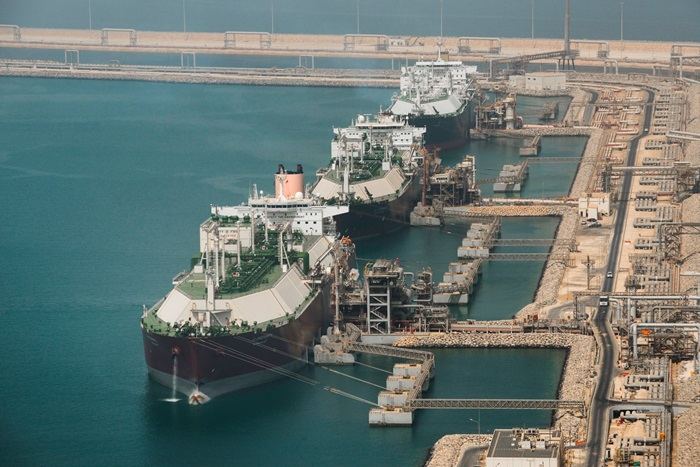The capacity for North American liquefied natural gas (LNG) exports is expected to double over the next three years, reaching 24.4 billion cubic feet per day (Bcf/d) by 2026, according to a report from the U.S. Energy Information Administration (EIA) released on Tuesday.
This projection assumes that all LNG projects currently under construction in Mexico, the United States, and Canada will commence operations as scheduled. The EIA anticipates that the majority of this expansion will occur in the United States, which is set to add 9.7 Bcf/d to its export capacity. The remaining 3.3 Bcf/d will come from Mexico and Canada. This growth is driven by ten new projects under development across North America, with five of them located in the United States. These include Plaquemines Phases I and II, Corpus Christi Stage III, Golden Pass, Rio Grande Phase I, and Port Arthur Phase I.
As North America scales up its LNG export capacity, global demand for LNG is also expected to surge, increasing by more than 50% by 2024, according to energy giant Shell.
While the United States, Qatar, and Australia are leading the global LNG industry, Qatar is poised to account for 40% of all new LNG supplies by 2029, driven by major projects like its North Field expansion. This expansion will boost Qatar’s export capacity by 85%.
Qatar has already secured numerous long-term LNG contracts, including a recent 15-year deal with Kuwait. In its pursuit of LNG market dominance, Qatar has also commissioned dozens of new ships to transport its growing LNG exports.
In a related development, a federal judge in July overturned President Biden’s pause on reviewing and approving LNG export applications, stating that the decision was “completely without reason or logic.”
U.S. LNG exports have been promoted as a key factor in reducing CO2 emissions from the U.S. power sector. A 2024 study titled “The Market and Climate Implications of US LNG Exports” suggests that these exports could lead to a reduction of 145 million metric tons of CO2 emissions by 2030.


